Research in New Jersey TOD areas shows transit access encourages walking, cycling, and local shopping, though usage is shaped by reliability, security, income, and pandemic-driven changes in commuting.


Research in New Jersey TOD areas shows transit access encourages walking, cycling, and local shopping, though usage is shaped by reliability, security, income, and pandemic-driven changes in commuting.
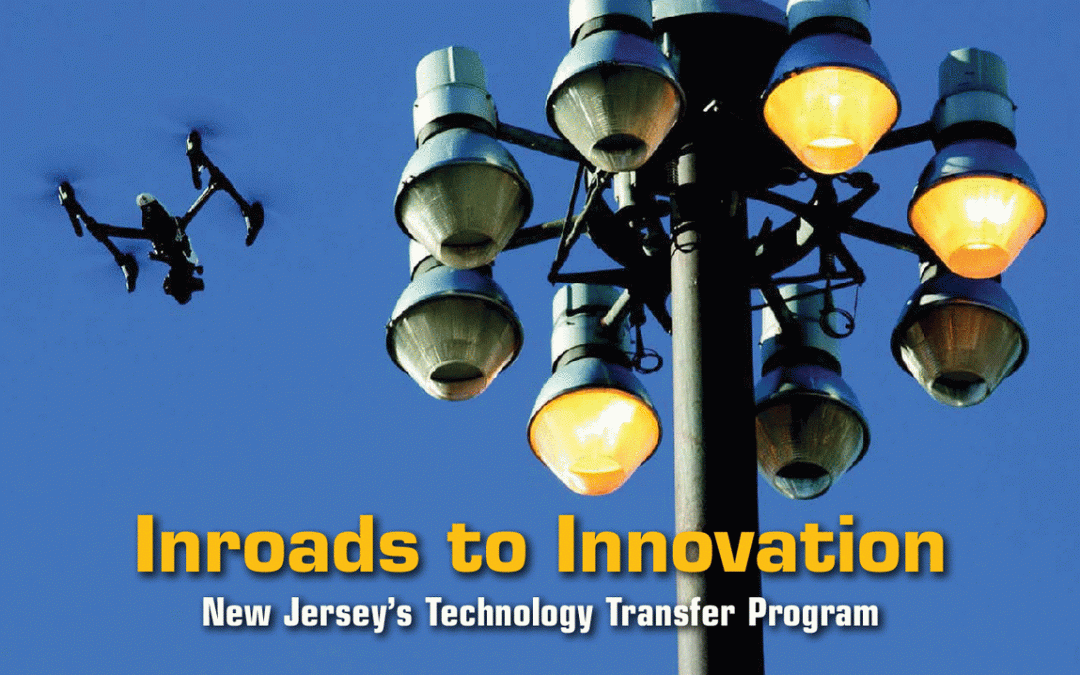
A look at the work of New Jersey’s Technology Transfer Program.
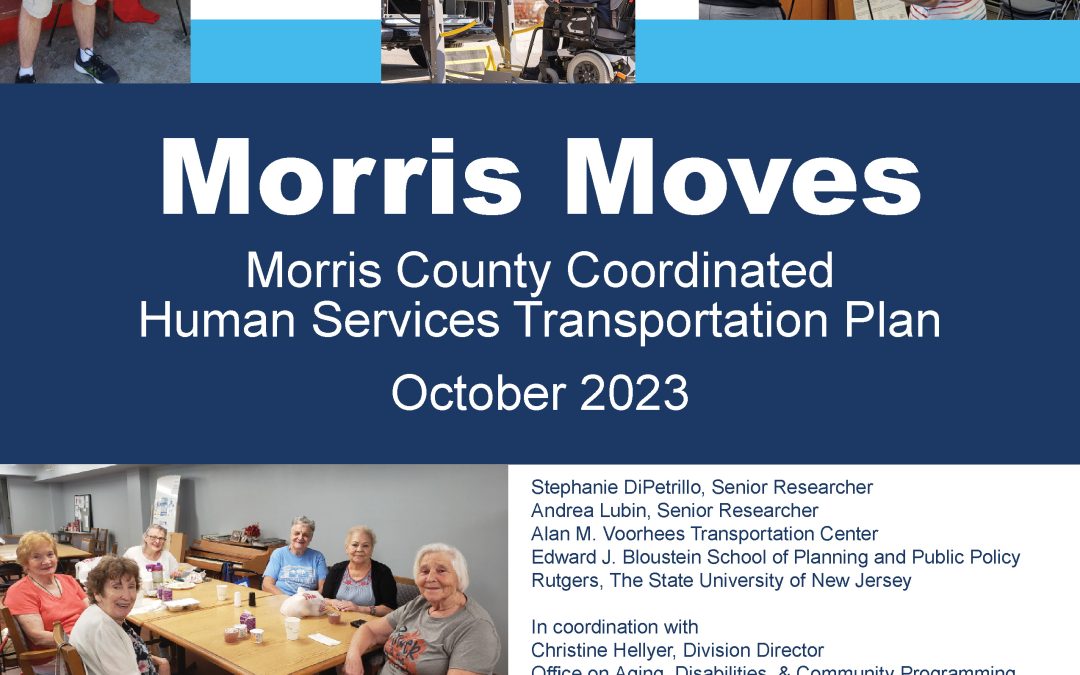
The updated Morris County Coordinated Human Services Transportation Plan (CHSTP) provides an integrated and collaborative framework for providing human services transportation in Morris County, New Jersey.
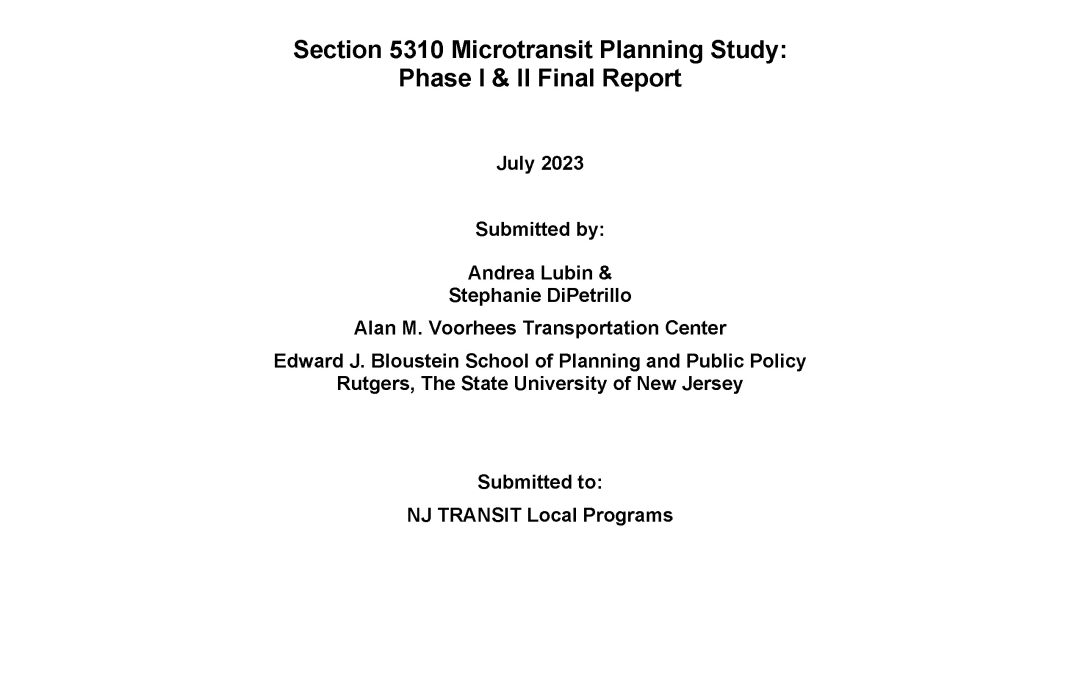
This planning study sought to investigate the feasibility of microtransit as a cost-effective means to meet demand for more seamless, inter-county trips among New Jersey’s county community transit customers. For the purposes of this study, the definition used for microtransit has been small scale, on‐demand, dynamic-route, shared transit services such as shared ride taxis and other non-fixed route operations.
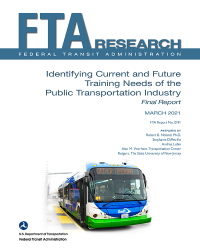
This report identifies the training needs of the public transportation industry.
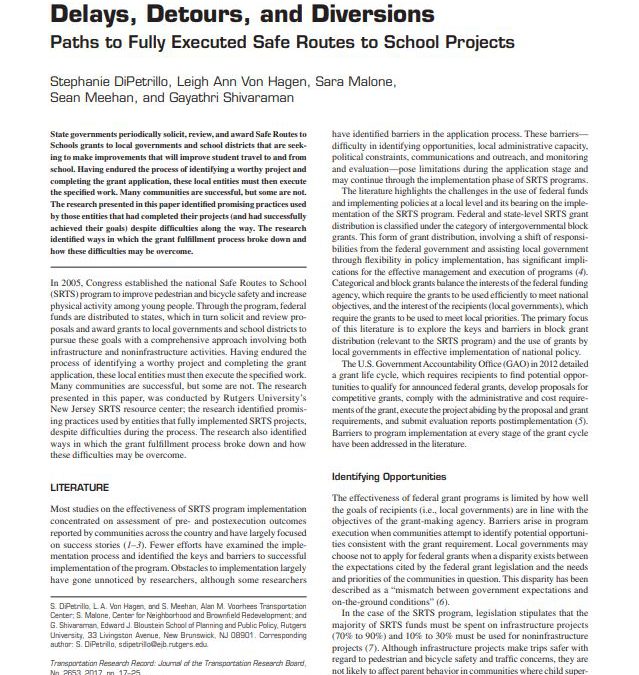
The research presented in this paper identified promising practices used by those entities that had completed their projects (and had successfully achieved their goals) despite difficulties along the way.
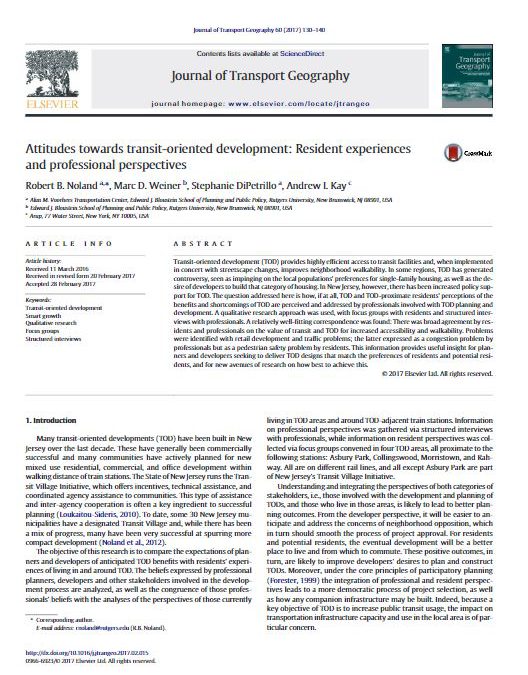
The question addressed here is how, if at all, TOD and TOD-proximate residents’ perceptions of the benefits and shortcomings of TOD are perceived and addressed by professionals involved with TOD planning and development.
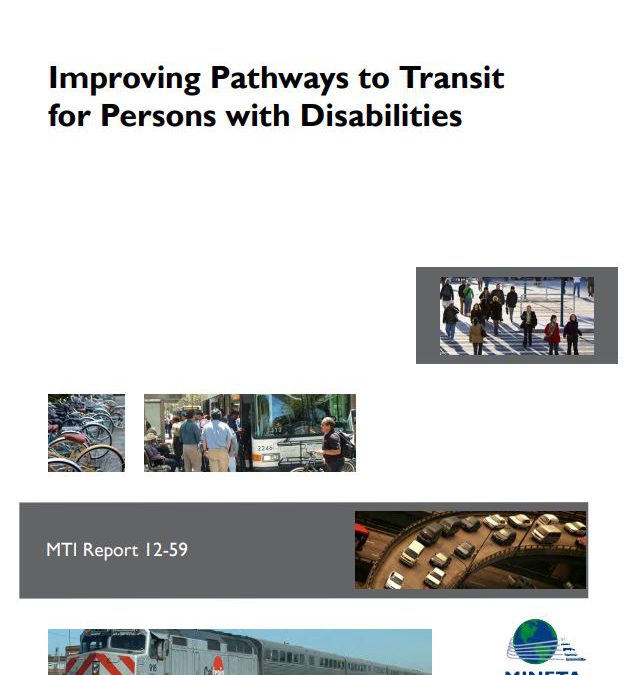
This research study explores, through case study work, efforts that have been effective in improving pathways to transit for persons with disabilities.
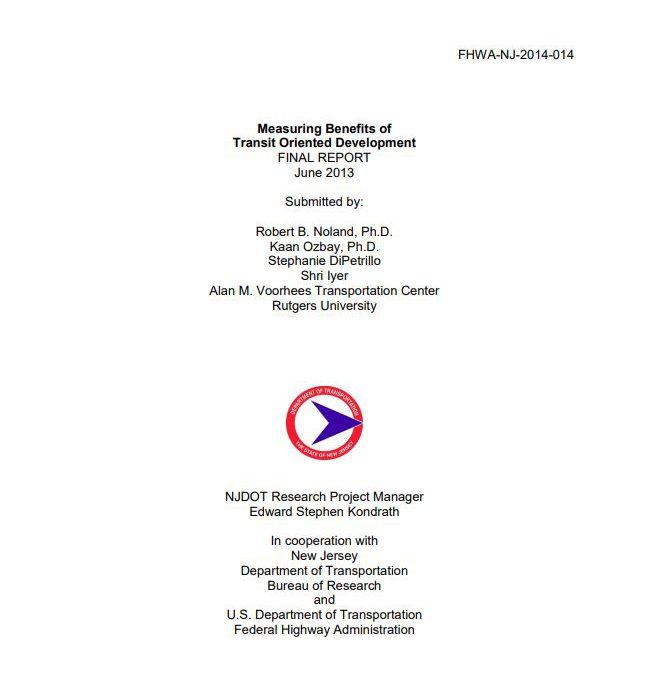
This study provides an overview of the beneficial impacts of transit-oriented development – compact, mixed-use pedestrian land uses within walking distance of transit stations.
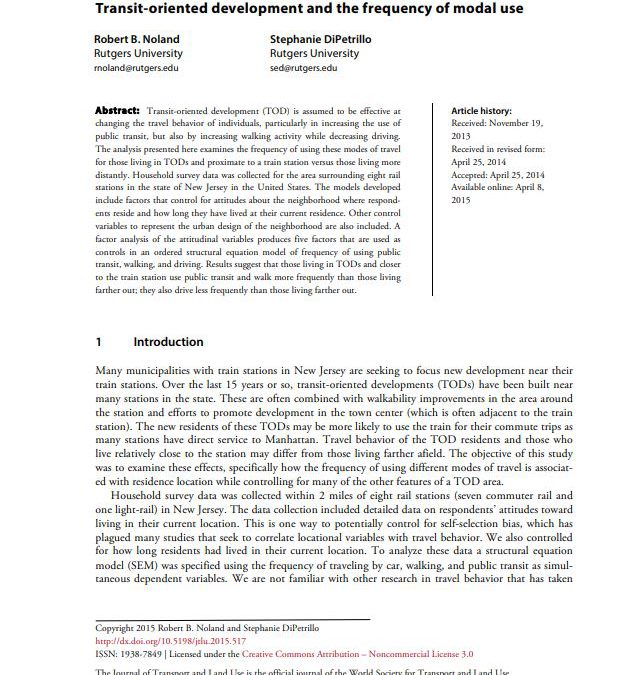
The analysis presented here examines the frequency of using these modes of travel for those living in TODs and proximate to a train station versus those living more distantly.
Objective While fatal crashes are available through the Fatality Analysis Reporting System (FARS) and are readily available to the public, many states do not make their crash data easily accessible for the public and the research community. The public has an interest...
Through this research, NJ TRANSIT sought to understand how women and members of the lesbian, gay, bisexual, transgender, queer plus community, sometimes referred to as sexual and gender minorities (SGMs) travel on NJ TRANSIT so the agency can provide better...
Recent advances in biometric sensing technologies, such as eye tracking, heart rate trackers, and galvanic skin response (GSR) sensors, offer new opportunities to measure pedestrian stress level and their travel experiences in real-time. Uncertainty remains about...
Background Increasing evidence positively links greenspace and physical activity (PA). However, most studies use measures of greenspace, such as satellite-based vegetation indices around the residence, which fail to capture ground-level views and day-to-day dynamic...